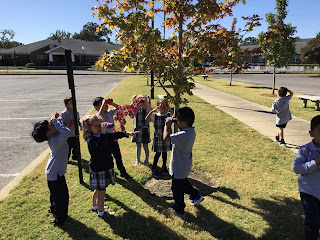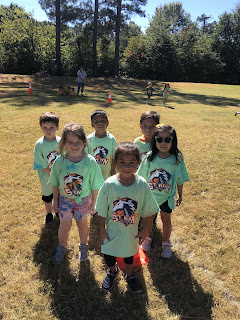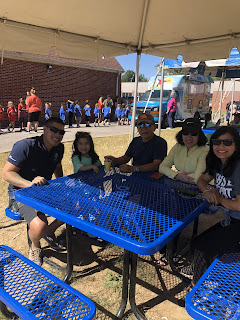Make a DIY Sensory Bin
The possibilities are endless!
Below are 2 picture examples of a sensory bin as well as some information to give you some ideas on how to create your own at home. Enjoy playing and learning!
Sensory Bin Activities:
A sensory bin consists of a container filled with materials that stimulate and engage your child’s senses. It’s easy to create a DIY sensory bin at home.
Containers: Any medium or large plastic tub or sturdy cardboard box
Fillers: Sensory bins need engaging fillers that provide lots of tactile stimulation for your child. Here are some of our favorite sensory bin fillers:
Yarn
Water Beads
PomPoms
Aquarium Rocks
Sand (kinetic or real sand)
Potting soil
Dried beans or peas (one of the children’s favorite in the classroom)
Water
Rice (one of the children’s favorites in the classroom)
Shredded Paper
Bird Seed
This list is definitely not the end all, be all to fillers. Anything that stimulates the senses will work! Think various tastes, scents, sounds, colors, and textures (squishy, bumpy, fuzzy, crinkly, slick etc.).
Fine Motor Tools: These will help your preschoolers to build strong finger muscles as they explore the sensory bin. Here are a few ideas:
Tongs
Measuring cups
Clothes pins
Spoons or scoops
Mini Shovels
Tweezers (small or large)
Whisks
Hidden Items: These are small items that children can find in the filler by using the fine motor tools. Here are a few ideas.
Small plastic toys
Small alphabet letters
Small alphabet numbers
Coins (pennies, nickels, dimes, quarters)
Small rocks or aquarium stones
You can also create a paper with alphabet letters, numbers, money etc. Children can then find the hidden object and match it to the paper.











































